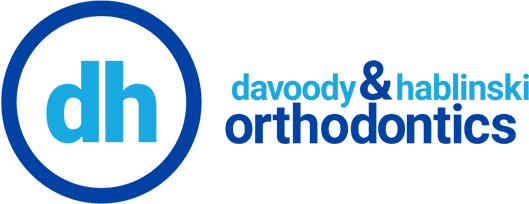How Your Orthodontist Can Improve Your Respiratory Health
Orthodontics is often thought of as a way to improve the alignment and appearance of your teeth, but did you know that it can also benefit your respiratory health? Your orthodontist is specially trained to identify and treat a range of issues beyond just your teeth, including respiratory disorders like asthma and sleep apnea. In this post, Dr.
Cute Ideas to make the Tooth Fairy Amazing
Losing teeth is an exciting time in any young child’s life. Not only does this mean they are growing up, but it also means they are due for a visit from the Tooth Fairy! There are so many creative things that go beyond just putting money under a pillow that can create wonderful memories that will last your
The Role of Compliance in Invisalign Treatment
If you’re considering Invisalign treatment, you may be wondering how often you need to wear your aligners to see results. The truth is that patient compliance is one of the most critical factors in achieving the desired outcome of Invisalign treatment. Discover the significance of compliance during orthodontic treatment as you read on, with insights from Dr. Amir
How Pregnancy Affects Your Oral Health
Pregnancy is an exciting time for many women as they prepare to welcome a new addition to their family. However, it’s essential to remember that pregnancy can also affect your oral health, leading to issues such as gum disease and tooth decay. To gain a deeper understanding of how pregnancy impacts your oral health, continue reading and discover
Questions to Ask Your Orthodontist to Prepare for Braces
If you or your child is considering orthodontic treatment, it’s important to ask questions. We know that this can be an overwhelming process. You want to know what to expect, how much it will cost, and how long it will take. The best way to get this information is by speaking with your orthodontist directly. Below are some
How Orthodontics Can Improve Your Child’s Speech
Speech development is a critical aspect of a child’s growth and development. Communication is an essential skill that impacts academic and social success. However, speech impairments can affect a child’s ability to communicate effectively and can result in frustration, anxiety, and isolation. To learn more about how orthodontics can effectively address speech impediments, keep reading and find out

